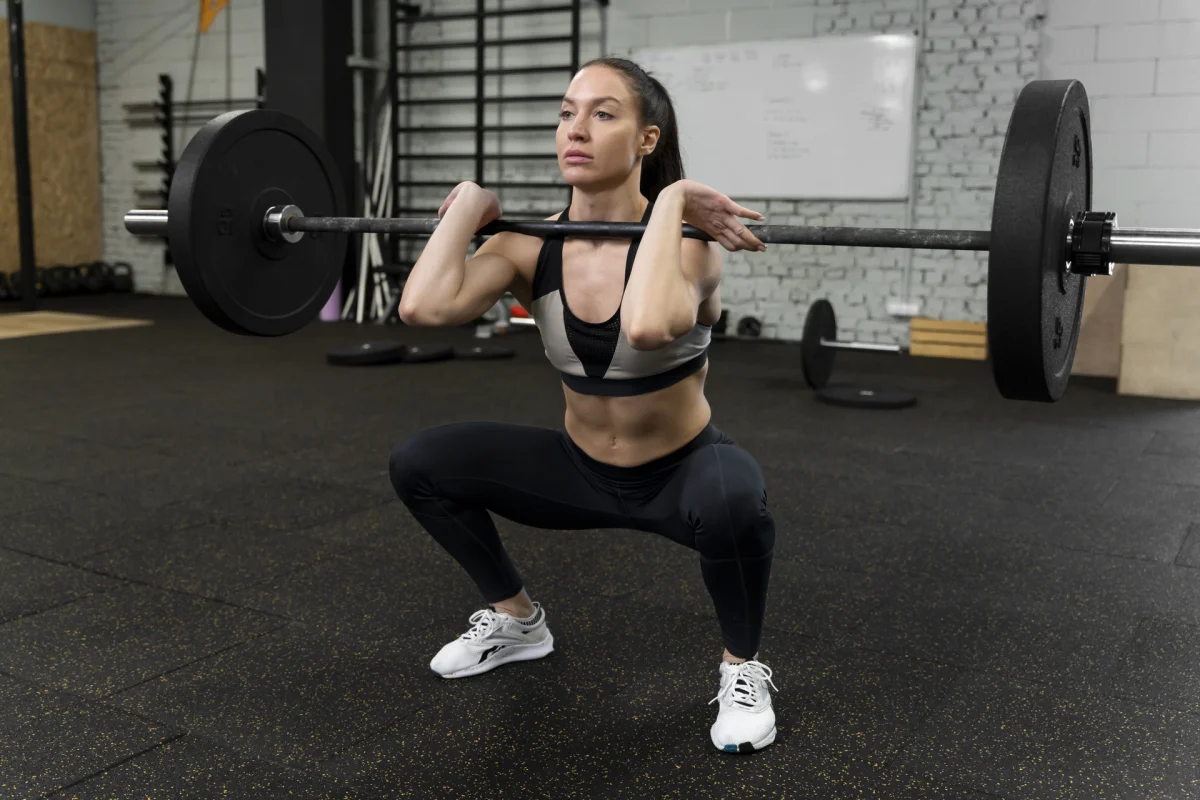 Friday, June 27, 2025
Friday, June 27, 2025Squats – The Royal Exercise for Muscle Building and Functional Strength
Few exercises are as universal, challenging, and effective as the squat. Whether in the gym, high-performance sports, or daily life, the squat is regarded as an indispensable foundational movement for strength, stability, and mobility. When executed correctly, it not only strengthens the legs and glutes but also enhances core strength, improves balance, and boosts overall performance. In this blog, you will learn why squats are called the 'queen of exercises,' how to perform them correctly, which mistakes to avoid, and what science has to say about them.
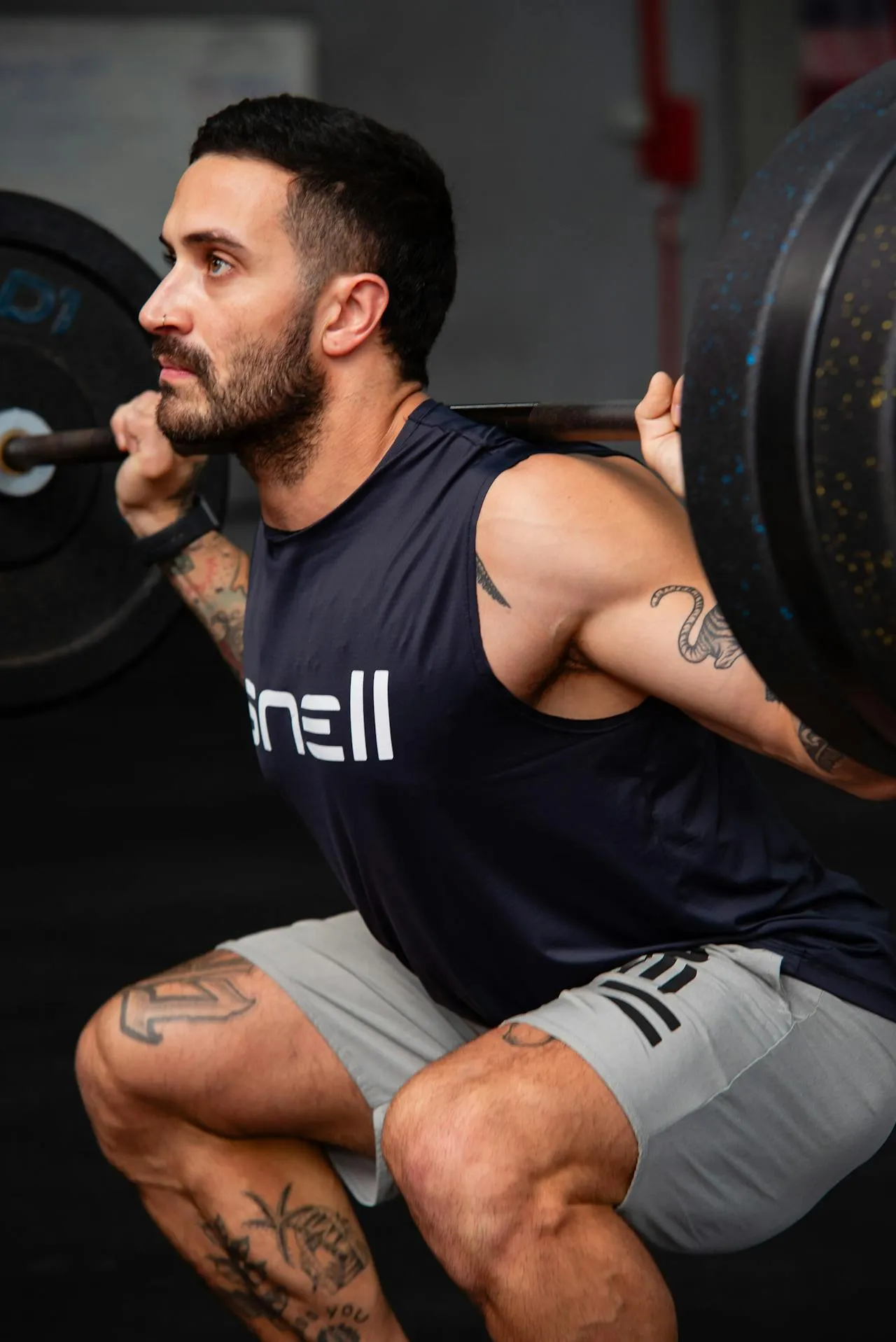
What Are Squats?
Squats are a compound movement where you move from standing to a controlled squat position and back up. The movement involves primarily:
- Quadriceps (front thighs)
- Gluteus maximus (gluteal muscles)
- Hamstrings (back thighs)
- Calves
- Core muscles (abdominal, back, pelvic floor)
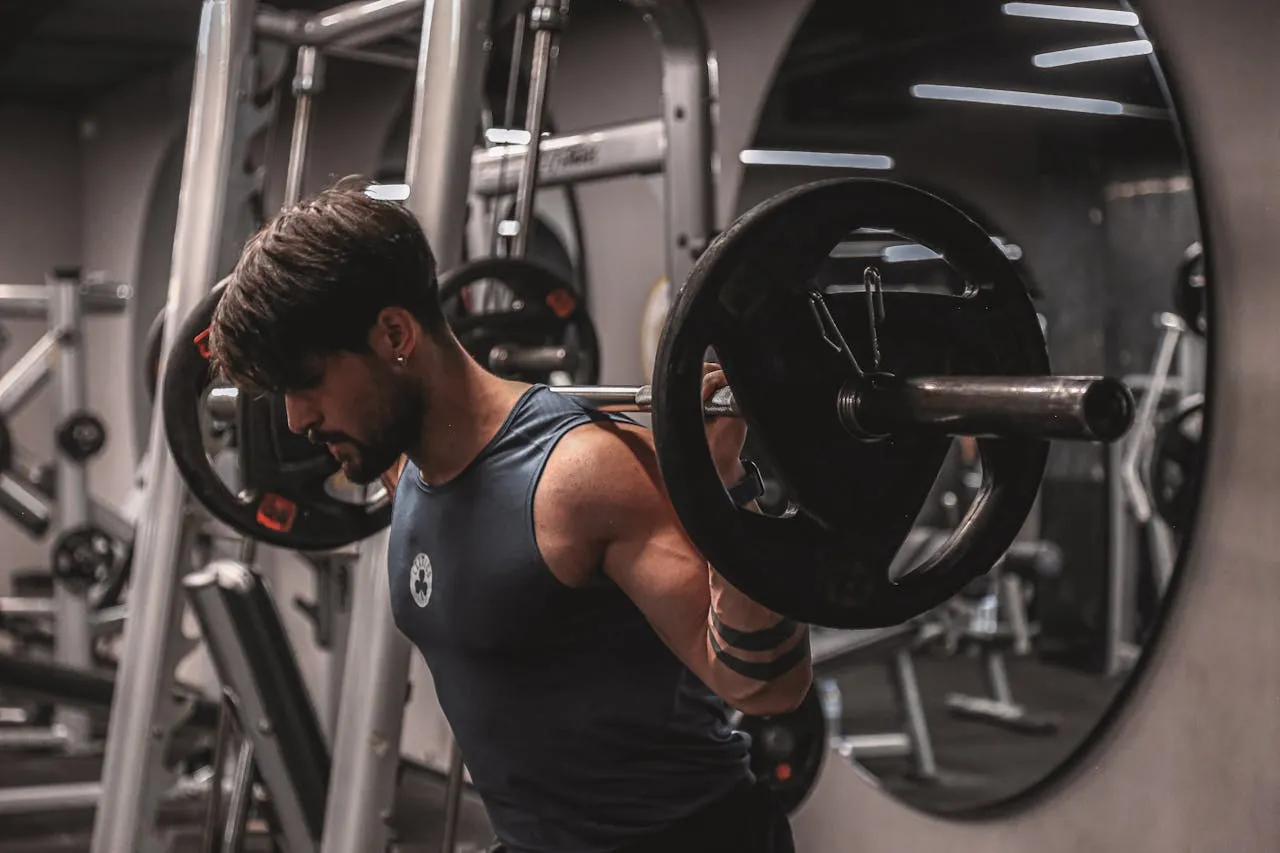
Why Are Squats So Effective?
Squats engage multiple major muscle groups simultaneously, promoting muscle growth and creating a high calorie burn. They improve:
- Maximal strength (especially with heavy squats)
- Explosive power (e.g., in jump squats)
- Joint stability and mobility
- Functional performance in daily life and sports
According to a study by Escamilla et al. (2001), deep squats result in higher muscle activation in the glutes and hamstrings than half squats—without automatically increasing injury risk when executed properly.

Proper Execution of the Classic Back Squat
- Position yourself with feet about shoulder-width apart, toes slightly turned out.
- Hold the barbell on your upper trapezius (high-bar) or just below (low-bar).
- Engage the core, pull shoulder blades together.
- Lower your body in a controlled manner, as if sitting back onto a chair.
- Keep your knees in line with your toes, back straight.
- Descend as deep as your mobility allows—ideally until the hips are below the knees ('below parallel').
- Powerfully push up through the heels.
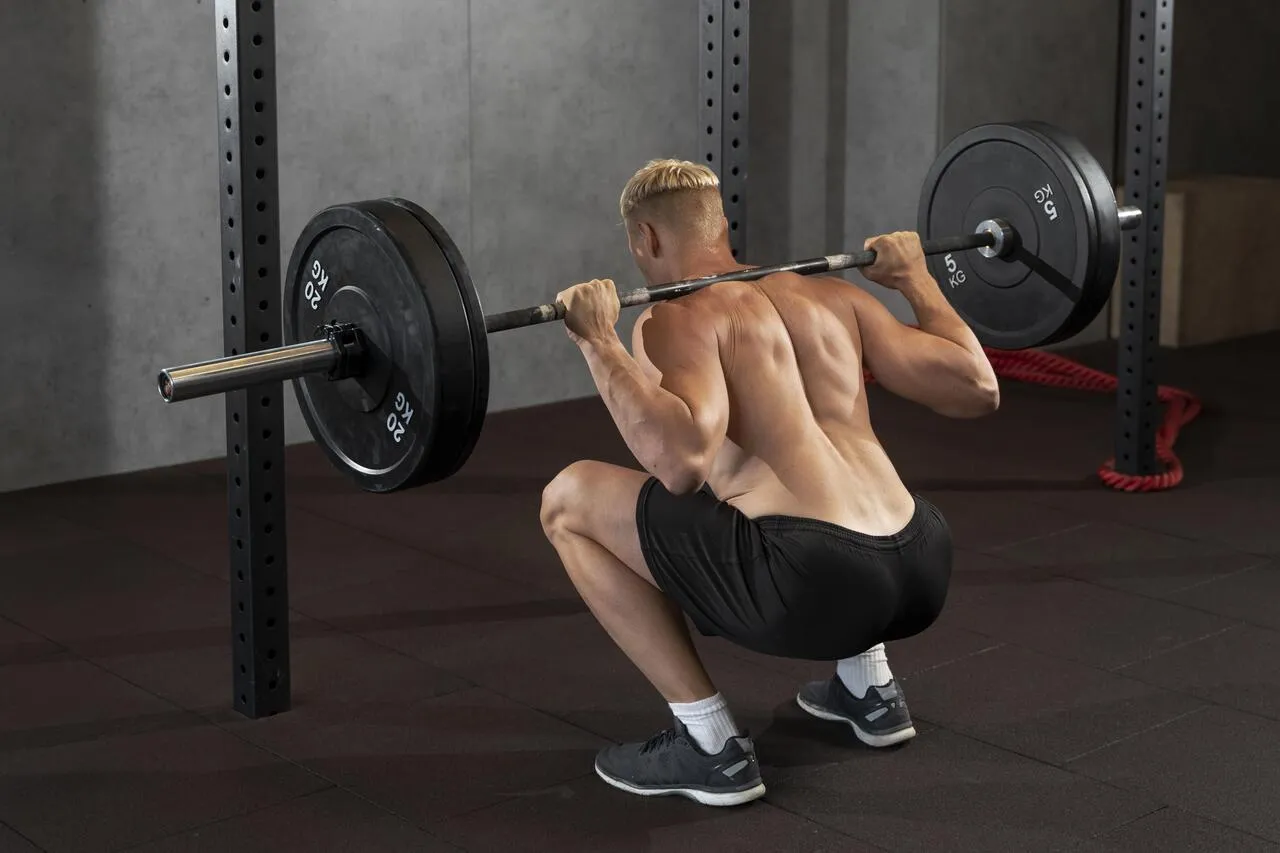
Common Mistakes and Their Corrections
| Mistake | Outcome | Correction |
|---|---|---|
| Rounding the back ('Butt Wink') | Strain on the lumbar spine | Engage core, improve hip mobility |
| Knees collapsing inward | Strain on knee ligaments, instability | Focus on knee alignment, use resistance band for training |
| Heels lifting off the ground | Loss of stability, restricted depth | Keep weight on heels, consider heel elevation |
| Excessive forward lean | Shift in load, potential back overload | Train upright posture, improve mobility |
| Lack of core tension | Instability, risk of injury | Engage core with breathing technique ('Valsalva'), activate core |
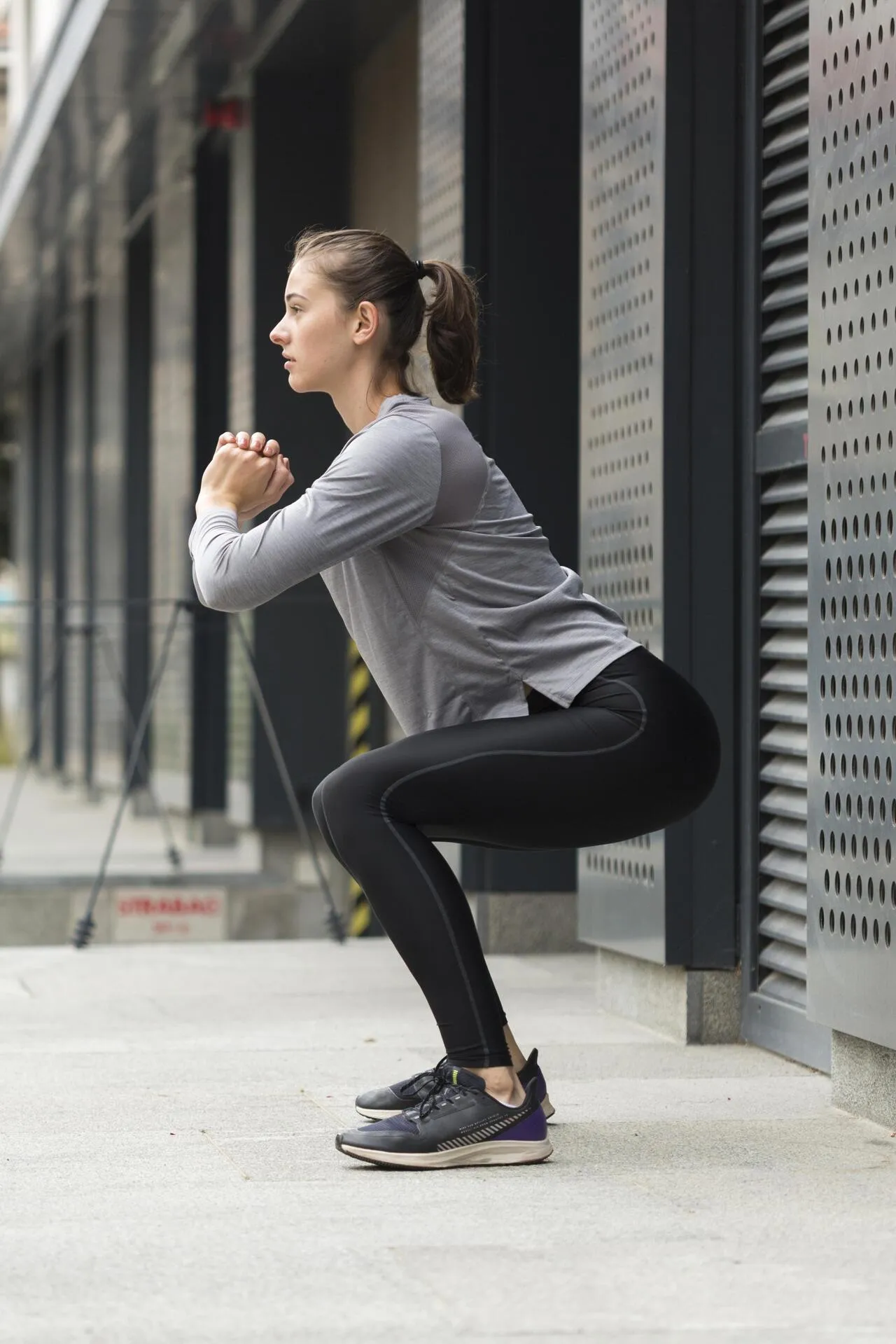
Squat Variations for Every Training Goal
- Goblet Squat – Ideal for beginners to learn technique
- Front Squat – Focus on quadriceps and core
- Low-Bar Back Squat – For powerlifters with more hip drive
- Bulgarian Split Squat – Unilateral, intense, good for muscle balance
- Overhead Squat – Maximum mobility and core challenge
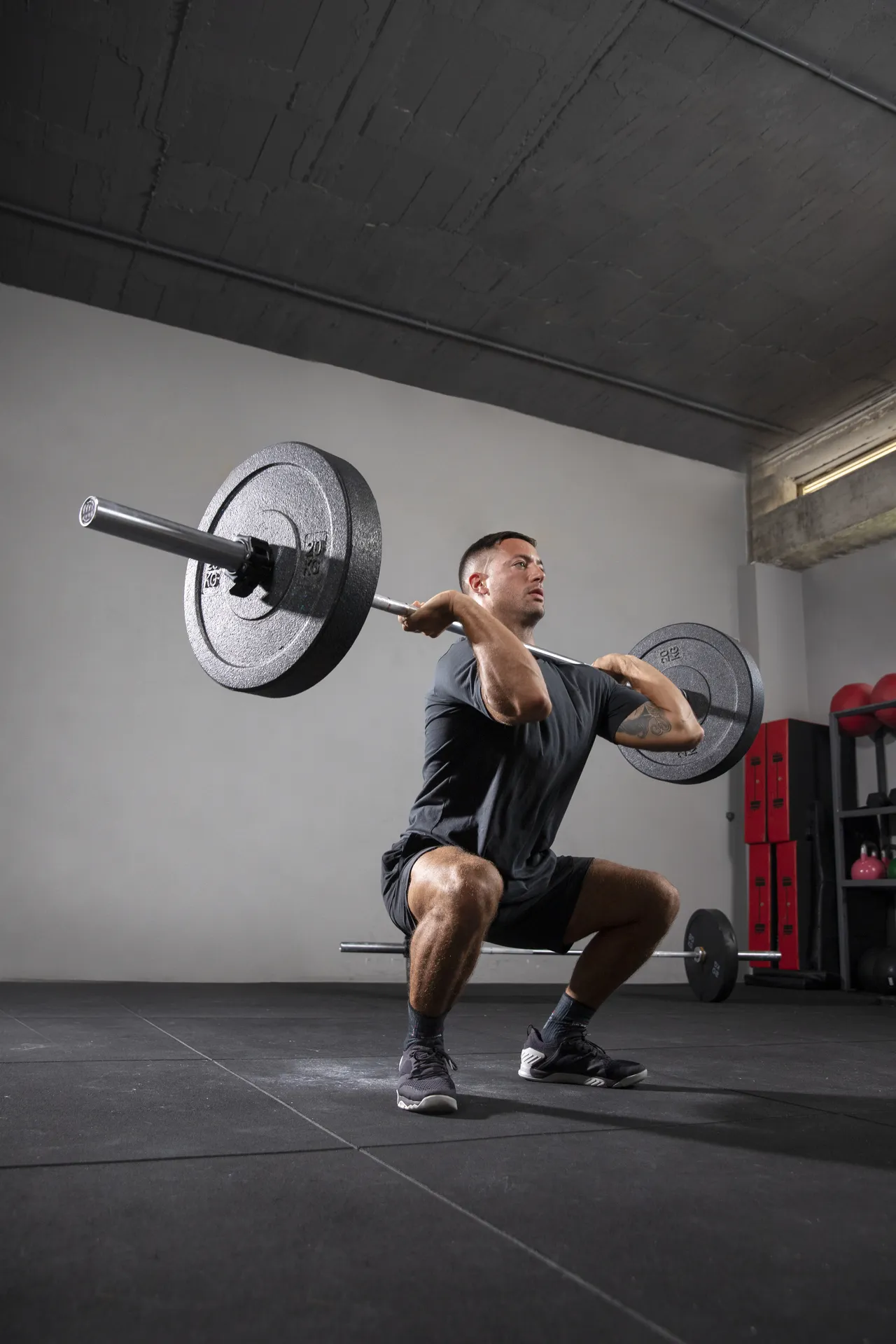
What Does Science Say About Squats?
Numerous studies demonstrate that squats significantly increase muscle mass and jumping ability (Hartmann et al., 2012). Heavy squats also positively influence hormone release (e.g., testosterone and growth hormone) (Smilios et al., 2003). Deeply executed squats additionally enhance passive knee stability—particularly by improving capsule-ligament structure.
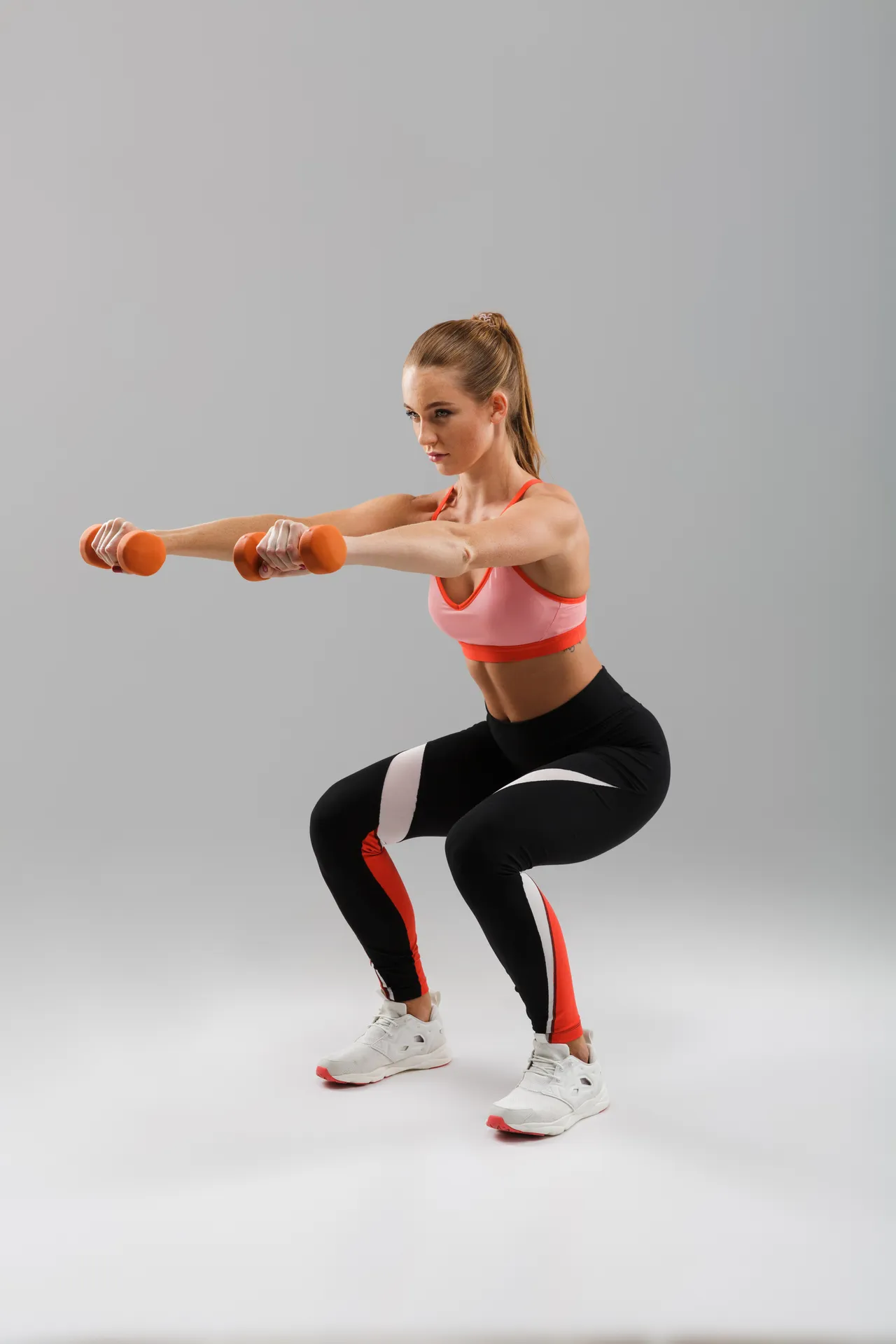
How Often to Integrate into Training?
Squats can be trained 1–3 times per week—depending on training goals, level, and recovery. For muscle growth, 3–5 sets of 6–12 repetitions are recommended. For maximal strength (e.g., in powerlifting), lower repetition ranges with high weights (3–6 reps at 80–95% 1RM) are advisable.
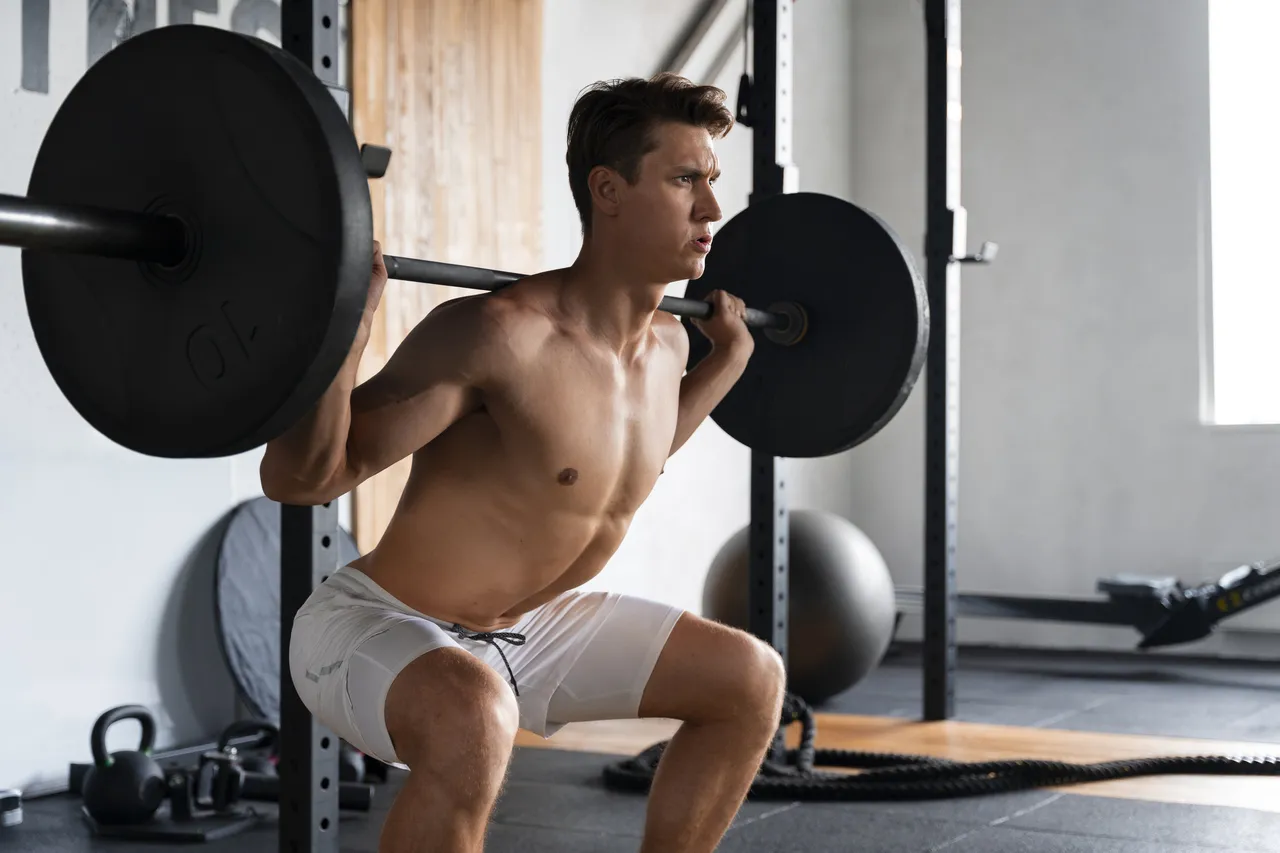
Conclusion
Squats are a fundamental component of any effective training plan for good reason. They promote muscle growth in the legs and glutes, strengthen the core, enhance mobility, and boost overall functional performance. Properly executed, they are safe, versatile, and highly effective—for both beginners and advanced practitioners. Mastering squats lays the foundation for authentic strength, stability, and healthy joints—in training and everyday life.


